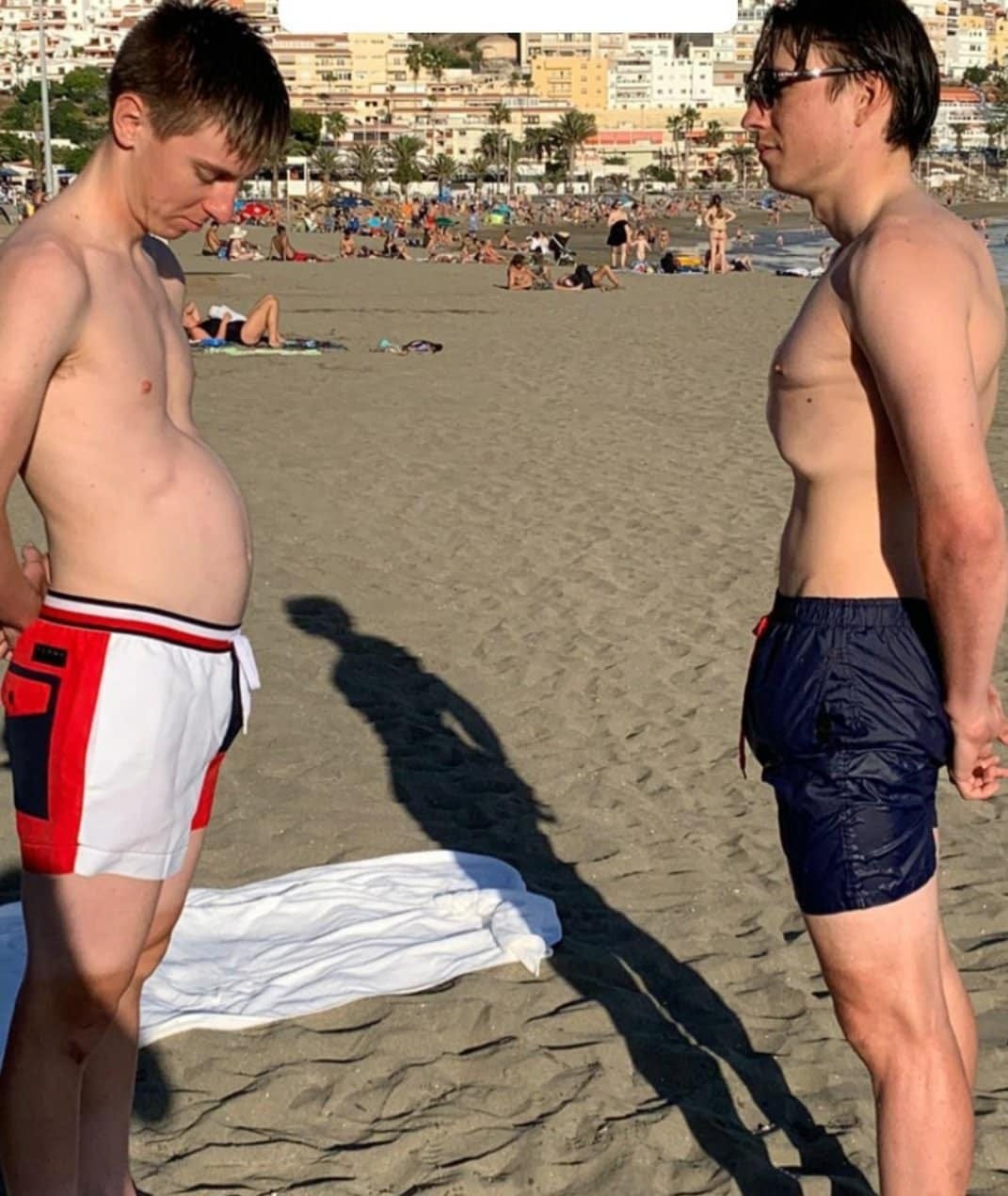Get big or go home
Let's talk body weight
Earlier this month I reposted an article from Velo. It was about “the Weight Gain Theory of Pro Cycling”. The article covered Uno-X Mobility trainer Olav Bu’s take on cyclists’ weight and its relation to performance. For those that don’t know Olav Bu – he is Kristian Blummenfelt’s coach and the unofficial Norwegian Method guru. Since the 2024 season, Olav has also worked as a coach for Uno-X Mobility pro cycling team.
More is more
For a long time, cycling has been about getting skinnier and eating less. But it's fair to say that this idea is outdated. These days, it’s common knowledge that especially the second – eating less – is not the way to go. Most pro teams now have dedicated nutritionists and use internal food-tracking apps. The general mindset has shifted from ‘eating less’ to ‘eating enough’. Enough to fuel your training and racing while still maintaining a (very) lean physique. Bu takes it a step further: athletes shouldn't just eat enough, they should eat more. Eating more > eating enough > eating less.
This is a very interesting, fresh view on how we have perceived cycling over the past decades. We have indeed seen bigger riders be successful in the recent years. Jonas Ambrahamsen stole the show in the 2024 Tour de France. He wore the polka dot jersey in the first two weeks and was riding in the breakaway day after day after day. He gained even more respect after being openhearted about his weight gain story. But he is not alone. Early this year, we saw another rider from Olav Bu’s Uno-X Mobility team, Søren Wærenskjold, win Omloop Nieuwsblad. He tipped the scales at a whopping 92.3kg on race day. And in Paris-Nice we saw Mads Pedersen – not quite the lightest rider in the pack – climb with the best.
Mass and VO2 Max
That said, we don’t see big guys like Wærenskjold or Abrahamsen play a role in real climbing mountain races. Moreover, the success of both riders is against the general trend in cycling. This study analyzed the Body Mass Index trends for the top five finishers in men’s grand tour and cycling monument races from 1994–2023. Looking at the graphs below, you can clearly see the opposite trend for both the grand tours and monuments.
Riders are getting leaner and lighter. This makes the strong performance of heavy riders even more remarkable. But not according to the philosophy of Olav Bu. He believes that the added power resulting from higher mass can result in superior performance. Even on climbs. From experience with his own athletes he has seen that athletes who gain weight also improve their VO2 max. Hence, it is possible that raw power literally outweighs the performance of super lean athlete.
Let’s get big
Of course there is a limit to this. No 85kg rider will ever win a Grand Tour. But there’s a sweet spot: a weight that matches the type of rider you are/want to be. Looking at myself, I have been around 68-69kg over the past years with an FTP around 380-390W. A power-to-weight ratio that’s kept me competitive (reminder: I focus on e-racing). However, I did still find myself out-powered by other riders. To improve my performance, I have taken a slightly different approach. Putting on a few extra kilograms is part of this.
I realize that this is a non-intuitive step. At 183 cm and 68–69 kg, I’m not exceptionally light for my height – at least not by cycling standards. Intentionally bringing my weight up is a bit of a gamble, especially in a w/kg dominated sport like e-racing. However, so far I am not unhappy. Currently sitting at 71kg, I have raised my FTP above 400W and improved my 5sec, 1min, 5min and 20min power PRs over the past months.
So let’s get big.
If you liked this post, please share and subscribe! Want to know more? Check my previous article about food coach apps.







That’s interesting. Being a lighter cyclist, when I try zwift racing I notice it might favor bigger guys. Maybe that’s just an excuse but I do wonder how cyclists body types will change in the future.